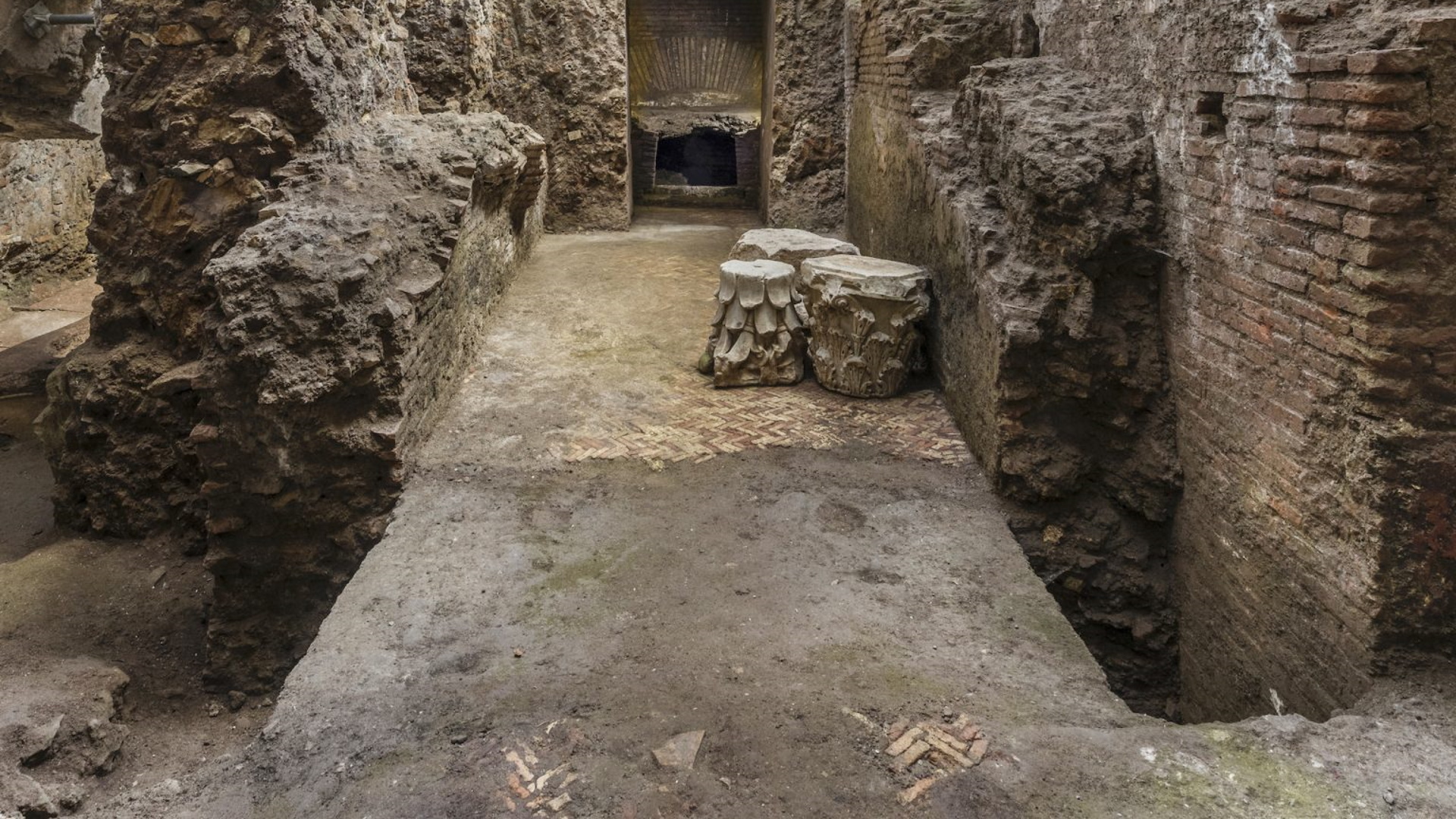
Home to the National Roman Museum along with Palazzo Massimo, Palazzo Altemps and the Baths of Diocletian, it is an extraordinary example of a museum of urban archaeology, a unique journey into the city’s past that spans more than 2,000 years of history.
Situated between Piazza Venezia and Largo di Torre Argentina, the so-called Crypta dates back to the first century BC. It was a portico attached to the small and refined theater built by Lucius Cornelius Balbus in 13 BC, with the spoils of the victories he brought back over the Libyan peoples, and served as a recreational and refreshment environment for the audience during the breaks in the performances. Today the museum recounts and preserves the traces of the structures, buildings and monuments that followed one another in this area over the centuries. These include, for example, the remains of the theater and the nearby Porticus Minucia Frumentaria (a large four-sided portico intended for the free distributions of grain to the citizens of Rome), the late antique lime-kiln, the fortified complexes and medieval merchants’ dwellings, and the 17th-century dormitory of the monastery of Santa Caterina, today hosting the museum rooms.
The exhibit is on three levels. The ground floor tells the archaeology and history of the Balbo complex and nearby Porticus. The second floor is devoted to the most recent archaeological investigations, which have unearthed a complex of buildings built close to the Crypta after the fire of AD 80 and finally abandoned in the 7th century AD. Finally, the second floor illustrates the transformations from Late Antiquity to the Middle Ages, with insights into aspects of material and artistic culture. The social, cultural and living conditions changes of the city and its inhabitants are narrated through the objects returned by the investigations or from other sites in the city.
Information
Temporarily closed for the project URBS: dalla città alla campagna romana.For updates and guidelines please check the official website.
 Condividi
Condividi
Location
To find out about all accessibility services, visit the Rome accessible section.











































